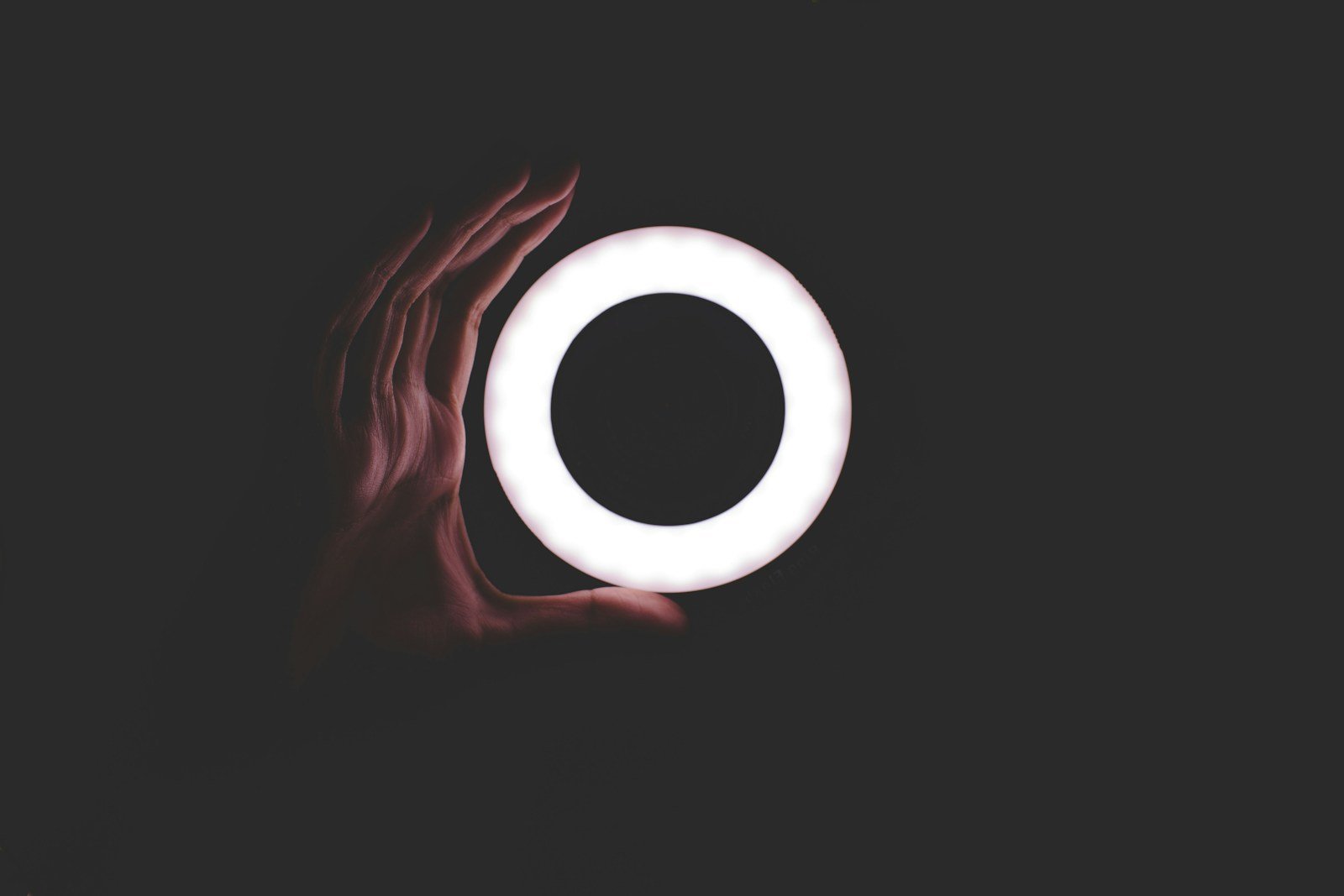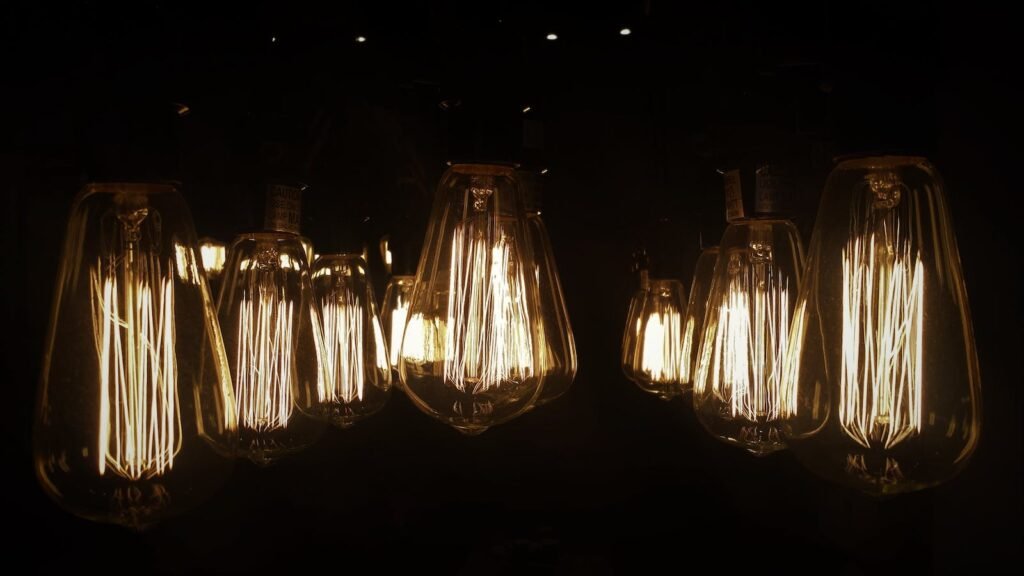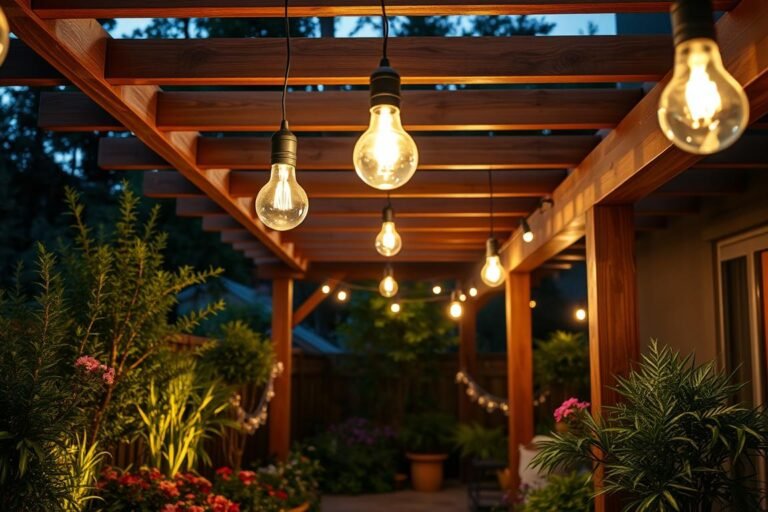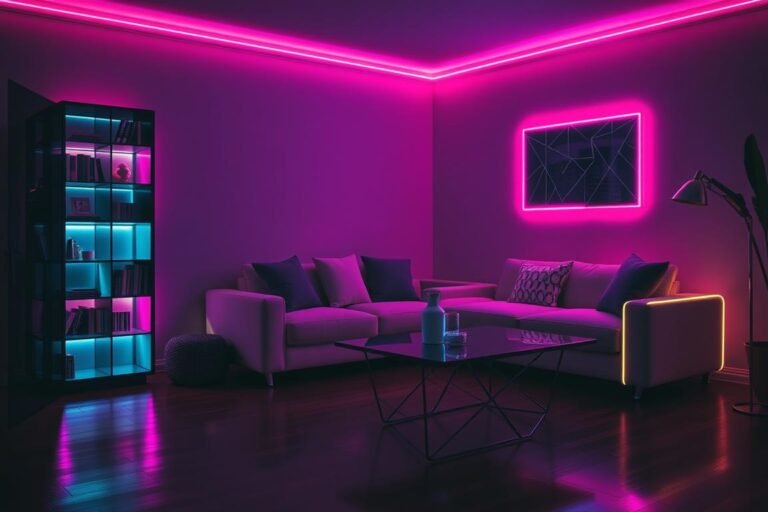Affiliate Disclosure: This post may contain affiliate links. If you make a purchase, we may earn a small commission at no extra cost to you.
Have you ever wondered how the brightness of a light bulb is measured? In the past, we used to rely on watts to determine the brightness. However, there’s a more accurate measure that has become the industry standard – lumens (lm).
In this guide, we’ll explore the question “What are Lumens” and how they can help you choose the right lighting.
So, what are lumens? They are a unit of measurement that quantifies the total amount of visible light emitted by a lamp or light source. They are denoted by the symbol “lm” and indicate the brightness of the light. Unlike watts, which only represent the energy consumption of a bulb, lumens provide a more accurate measure of its light output.

Let us help you find great lighting choices that fit your needs and style
So, how can you measure lumens? To determine the lumen output of a light source, you can use a lumen meter or rely on the specifications provided by the manufacturer. These specifications can be found on the packaging or product descriptions of light bulbs and fixtures. By understanding how to measure lumens, you can make informed decisions when selecting lighting options for your home or office.
Key Takeaways:
- Lumens are a measure of the total amount of visible light emitted by a lamp or light source.
- They indicate the brightness of the light and are denoted by the symbol “lm”.
- Lumens provide a more accurate measure of light output compared to watts, which only indicate energy consumption.
- You can measure lumens using a lumen meter or by referring to the manufacturer’s specifications provided on the packaging or product descriptions.
- Understanding lumens can help you make informed decisions when choosing lighting options for your space.
Also Read – Lumens vs Watts: Light Output Explained
Comparing Lumens to Watts: Buy Lumens, Not Watts
When it comes to buying light bulbs, many people used to rely on wattage as an indicator of brightness. However, this approach is outdated and can lead to confusion. Watts primarily measure energy consumption and are not a reliable way to determine the brightness of a bulb. Instead, it’s better to consider lm, which specifically define brightness.

Lumens represent the total amount of visible light emitted by a lamp or light source. By comparing lm, you can accurately assess the brightness level of different bulbs, regardless of their wattage. This is particularly important as energy-efficient LED bulbs consume much fewer watts while producing the same or even higher lumen output than traditional incandescent bulbs.
Choosing the right level of brightness for a particular space is crucial. Whether you need a well-lit room for focused work or a cozy ambiance for relaxation, lm provide a standardized measurement to fulfill your lighting needs.
Let’s take a closer look at the difference between lumens and watts:
| Watts | Lumens |
|---|---|
| Measures energy consumption | Defines brightness |
| Does not accurately represent the amount of light emitted | Provides a reliable measure of light output |
| Can vary depending on the type of bulb | Consistent measurement across different bulb types |
The table above clearly demonstrates why it’s essential to prioritize lumens when selecting light bulbs. By focusing on lumens rather than watts, you can ensure that you’re getting the desired level of brightness for your space.
Lumens and Their Importance in Lighting
Lumens play a crucial role in determining the brightness of a light source. As a unit of measurement, lumens quantify the amount of visible light emitted by a light bulb or lamp. Essentially, they provide an accurate representation of how bright a light source will be. The higher the lumen output, the brighter the light will be.
But why are lumens so important when it comes to lighting? The answer lies in their ability to help us compare different light sources and choose the right one for our needs. In the past, we used to rely on wattage to determine the brightness of a light bulb.
However, watts only indicate energy consumption, not the actual brightness. With lumens, we now have a standardized measure that allows us to make informed decisions about the brightness of a light source.
When considering the brightness of a light bulb, it’s essential to remember the lm vs watts comparison. While watts tell us about energy usage, lm define brightness.
By focusing on lumens rather than watts, you can select the appropriate light bulb for your desired level of brightness. So, next time you’re shopping for lighting options, pay attention to lumens and make a choice based on the desired brightness rather than wattage alone.
Lumens per Watt
Lumens per watt is a way of measuring the efficiency of a light bulb. It is the number of lm of light output divided by the wattage of the bulb. The higher the number, the more efficient the bulb.

So, for example, if you have a 60 watt light bulb that produces 780 lm of light, its efficiency would be 780/60 = 13 lm per watt.
To measure the lm output of a light bulb, you need to know its wattage and its lumen output. The wattage is how much power the bulb uses, and the lumen output is how much light it emits.
You can find the wattage on the label of the light bulb. The lumen output is usually not on the label, but you can find it online or in the manufacturer’s specifications.
But what does this number actually mean?

Let us help you find great lighting choices that fit your needs and style
The higher the number, the more efficient the bulb. A bulb that is 100 lm per watt is more efficient than a bulb that is 80 lm per watt.
But efficiency is not the only thing you should consider when buying a light bulb. You also need to consider the cost, the life span, the color of the light, and other factors.
So, now that you know what lm per watt is, you can make a more informed decision when buying light bulbs!
FAQ
What are lumens?
Lumens(lm) are a measure of the total amount of visible light emitted by a lamp or light source. They indicate the brightness of the light and are denoted by the symbol “lm”.
How do you measure lm?
Lm are measured using specialized instruments called lumen meters. These meters can quantify the amount of visible light emitted by a light source and provide an accurate measurement of its lumen output.
Why should I measure lm of light?
Measuring lm is important for various reasons. It allows you to compare the brightness of different light sources and helps you choose the right bulb or fixture for your specific lighting needs. Additionally, by measuring lm, you can ensure that you have sufficient light for your desired level of brightness.
How do lm compare to watts?
Lm and watts are two different measurements that indicate different aspects of a light source. Watts measure the energy consumption of a bulb, while lm measure the brightness or light output. In the past, watts were used as a proxy for brightness, but with the rise of energy-efficient bulbs, lm have become the standard for determining the brightness of a light source.
Can I rely on watts to determine the brightness of a light bulb?
No. It is not recommended to rely solely on watts to determine the brightness of a light bulb.
How many lm do I need for a specific area?
The number of lm required for a specific area depends on various factors, such as the size of the room, the desired level of brightness, and the specific tasks or activities taking place in the area. For example a bedroom typically needs around 20 lm per square foot (or around 215 lm per square meter) for basic lighting. However, for tasks that require more focused or intense lighting, higher lumen levels may be necessary.
Are higher lm always better?
Higher lm do not necessarily equate to better lighting in all situations. The appropriate lumen level depends on the specific lighting needs of the space and the desired ambiance. Too high of a lumen output can result in excessive brightness, causing discomfort or glare. It is important to consider the intended use of the lighting and select an appropriate lumen level accordingly.
How can I increase the brightness of my lighting?
To increase the brightness of your lighting, you can consider the following options:
1. Replace bulbs with higher lumen output: Choose bulbs with a higher lumen rating to increase the brightness of the light they emit.
2. Add more light fixtures: Increase the number of light fixtures in the space to distribute light more evenly and create a brighter environment.
3. Use reflective surfaces: Paint walls in lighter colors to reflect more light and enhance the overall brightness of the space.
It is important to ensure that any modifications made comply with electrical and safety regulations.
Check out our FREE Tools in our Resources Page
Source Links
- https://integral-led.com/en/content/what-are-lumens
- https://www.energy.gov/energysaver/lumens-and-lighting-facts-label
- https://www.lightingstyle.com.au/brightness-lumens-watts.html








